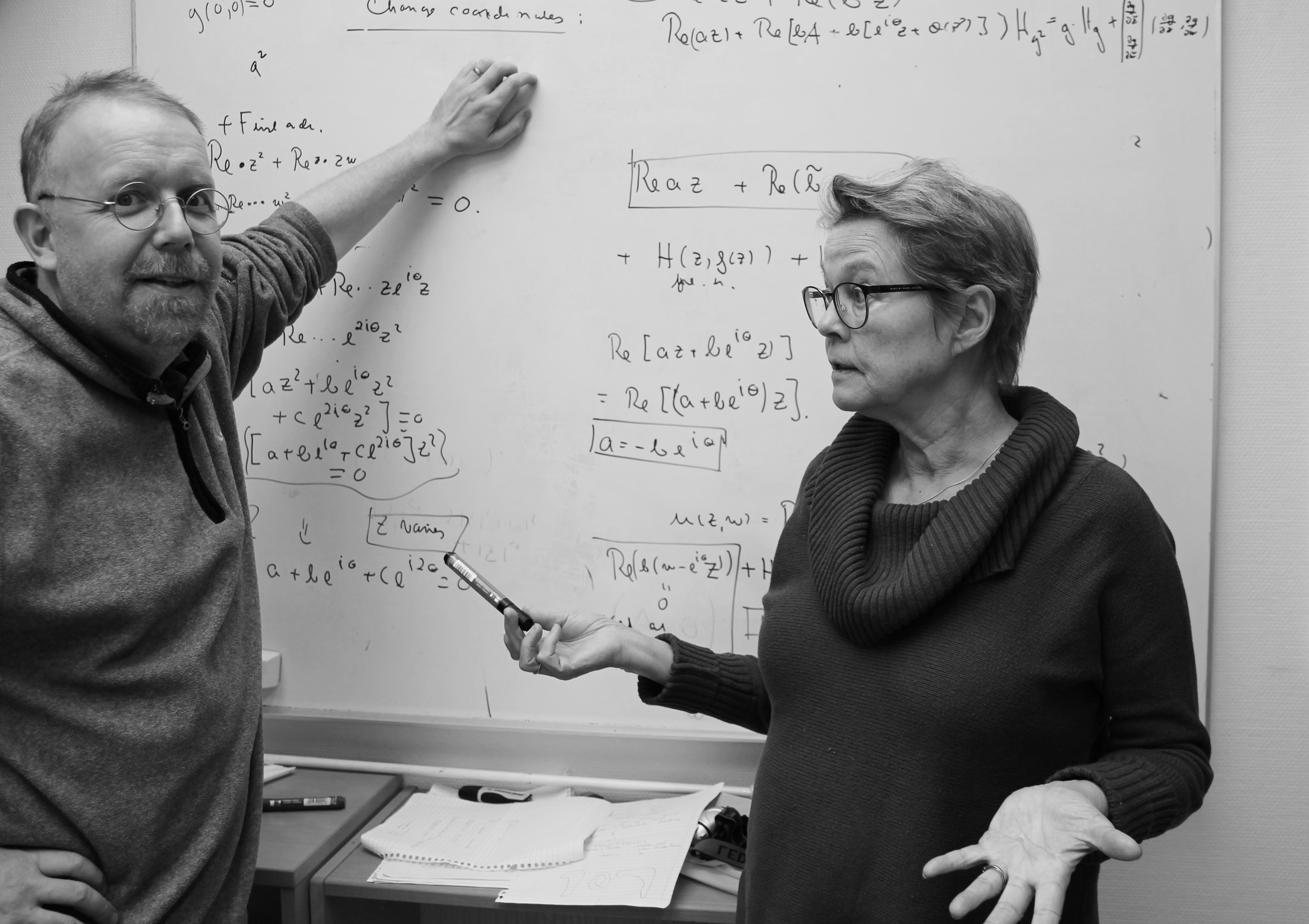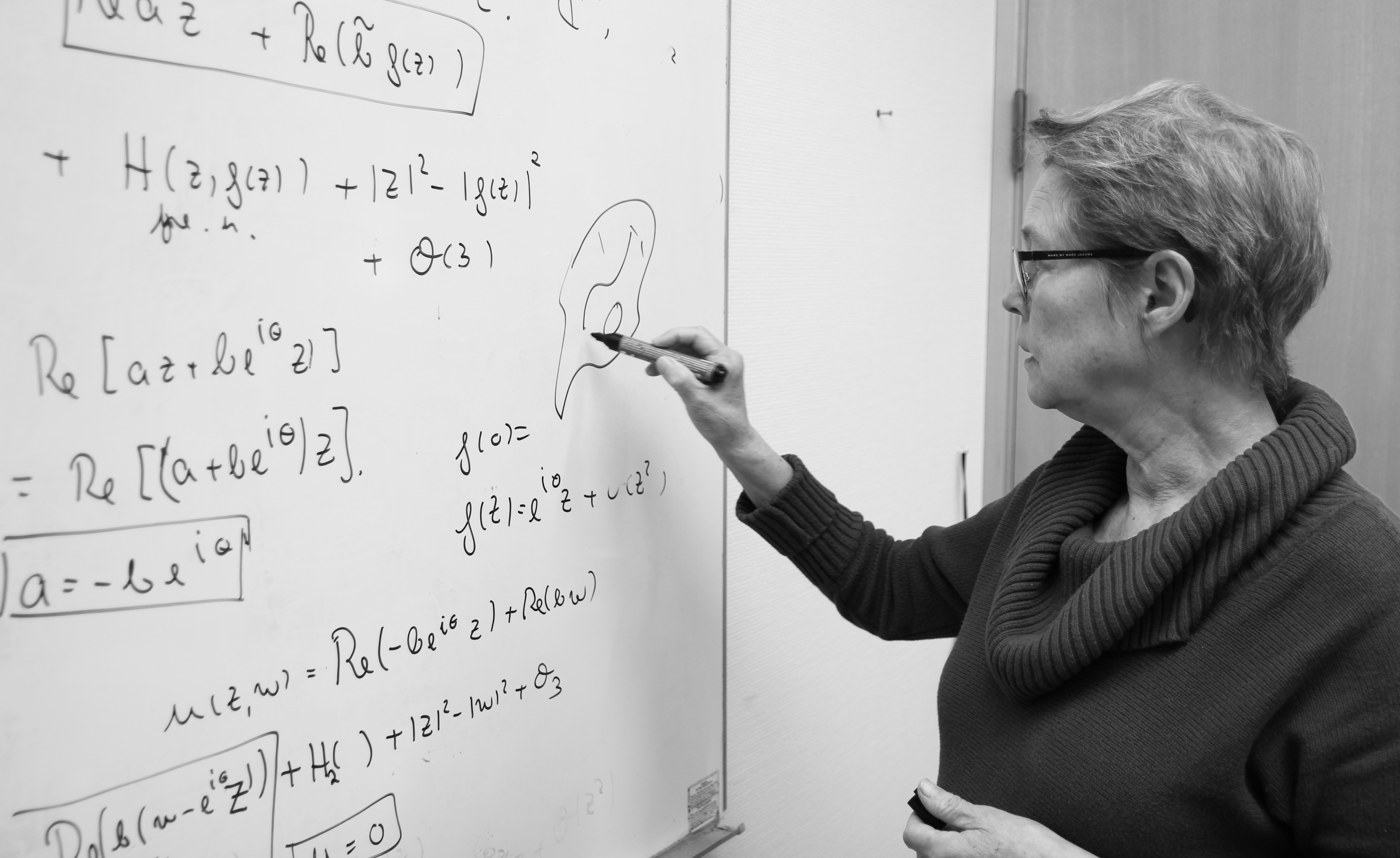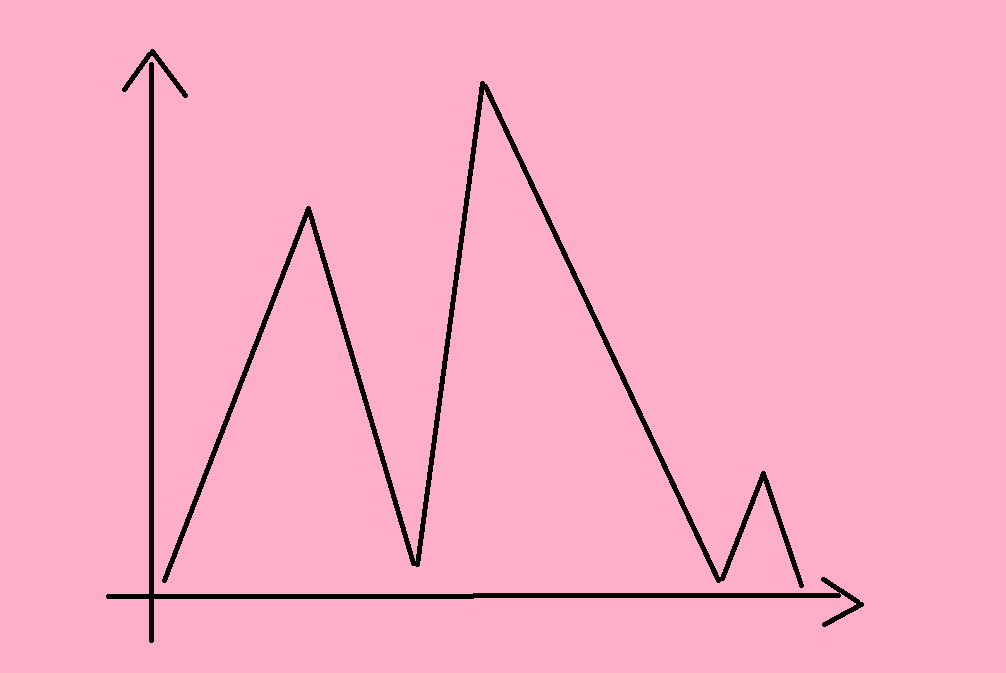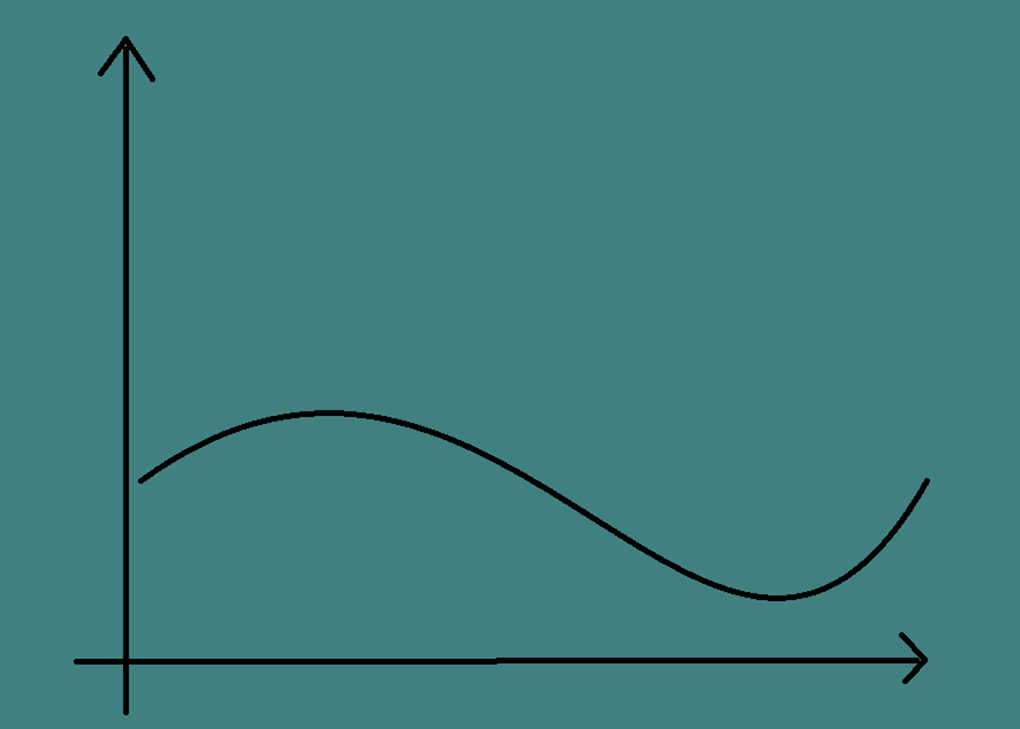– Complex numbers make the world bigger

Professors Berit Stensønes and Erlend Fornæss Wold have invited world-leading mathematicians to CAS Oslo to explore the areas of ‘several complex variables’ and ‘dynamics in several complex variables’.
According to the research group’s project abstract, the scholars are experts on Oka theory, Andersén–Lempert theory, complex dynamics and the d-bar equation—which constitute mathematics on a level that a lay person may find impossible to grasp.
Stensønes, who uses dance moves to describe how she works, says,
– We do this out of curiosity, but it also has something to do with the real world.
– Maths is a sort of mind game
Stensønes and Fornæss Wold are group leaders of the CAS research project Several complex variables and complex dynamics. Complex numbers are fundamental to their work.
In school, we learn that if you multiply two negative numbers, you get a positive one. According to this rule, the following equation is impossible:
x2 = -1
because x times itself can never equal minus one.
Stensønes explains,
– Complex numbers arise naturally, for example, in attempts to describe simple physical phenomena, such as the motion of a pendulum. For this motion introducing a number i, such as,
i2 = -1
makes the calculation simpler.

Fornæss Wold adds,
– With complex numbers we expand the number system, and include other numbers, often called ‘imaginary numbers’.
He emphasises that the term ‘imaginary numbers’ is a bit misleading, since mathematics is abstract, and hence all numbers may be categorised as imagined. They both agree, however, that numbers are not ‘sent from God’, but are a way for humans to make sense out of what at first glance can appear to be chaos. Stensønes adds,
– Maths is sort of a mind game.
From rough to elegant answers
The field of several complex variables is a study of questions in analysis and geometry in what Stensønes explains are ‘complex spaces of two or more dimensions’. When we add i, as explained above, to the line of real numbers, we end up with a plane, and our mathematical world expands.
Each complex dimension behaves like two real dimensions—the real and imaginary directions. Stensønes adds,
– For example, we can use two complex dimensions to describe certain motions in time and space.
This means the motion can be pictured in four or more dimensions.
The field of several complex variables draws on many mathematical areas, and dates from the 1800s. The CAS research project, however, is largely inspired by an influential article from the 1980s.
Austrian-American mathematician Walter Rudin wrote Holomorphic maps from Cn to Cn with Jean-Pierre Rosay in 1988. As a Jew, he escaped from Austria in 1938 and lived in England throughout the war years.
The article demonstrated that simple tools can be used to create interesting examples. Stensønes attended a talk on the subject at Princeton when the work was first presented. She says,
– When it came out, people thought of it as simply a curiosity, but now it has almost become like our Bible.
Some of the questions posed in the article led to the Andersén–Lempert theory, which demonstrates that complicated ‘maps’ can be represented using the simple tools displayed in the article.
A map can be thought of as a rule that describes, for instance, how a physical system changes from one moment to the next.
– At the same time, people like John Erik Fornæss, Nessim Sibony, Eric Bedford and John Smillie developed a comprehensive theory for dynamical systems that have several complex variables, Stensønes says.
Here, dynamical systems refers to the behaviour of physical systems over time.
The second half of the article investigates theories developed by two mathematicians—Pierre Fatou (who was French) and Ludwig Bieberbach (who was German).
– Of course, it makes a quite interesting story that Rudin promoted Bieberbach’s ideas, who was an avid Nazi. Now, suddenly, we sit here with the doors wide open to a world of new tools and questions.
The main objects of study, Wold says, are analytic mappings or objects:
– In a broader mathematical context, these objects can be thought of as being somewhere between very flexible (continuous objects) and super rigid (algebraic objects).
Many problems are ‘easy’ to solve if you are allowed to use the huge tool box used by mathematicians working in the continuous realm, Wold explains (as demonstrated in the continuous graphs, below):
– However, problems are very difficult to solve if you are only allowed to use the much smaller analytic tool box.


Japanese mathematician and philosopher Kiyoshi Oka (1901–1978) changed this, Wold adds:
– He demonstrated that for certain kinds of analytic problems, we are lucky enough to be allowed to borrow the huge tool box! We can apply Oka’s theory to correct the preliminary solution and get what we are looking for.
This marked the beginning of Oka theory. German mathematician Hans Grauert (1939–2011) developed it further. Wold continues,
– He classified larger and larger classes of problems for which we are allowed to use the huge tool box. This is called the Oka–Grauert principle.
The field was further developed by Abel Prize winner Mikhail Gromov. Wold explains:
– The thread was taken up, most notably, by CAS Fellow Franc Forstnerič, and now the subject has developed into an independent subfield of several complex variables. In a broader context, CAS Fellow Finnur Larusson has placed the theory in so-called abstract homotopy theory, which belongs in the home of the more continuously inclined mathematicians.
Stensønes adds,
– This is useful because it means that somewhere out there is an analytical way of making breakdance into ballet, and describes breakdance’s tougher and ballet’s softer movements.
Stensønes takes what initially is perceived as chaotic and puts it into a system.
From weather forecasts to the calculation of an asteroid’s position
‘Dynamical systems,’ which is also one of the CAS group’s fields, is used to calculate change, and is often applied beyond the mathematical sphere. For instance, in Space physics, dynamical systems can be used to calculate where an asteroid will be in ten years.
– Dynamical systems is also used in weather forecasts.

Stensønes is fascinated by the fact that one of the other CAS projects this year makes use of dynamical systems in their work on air pollution in China. She explains,
– One can use the knowledge about where you are, and what forces will come into play, to inform us about where we will end up.
Stensønes and Wold think there is ‘reason to believe they have only seen the very beginning of the developments and applications of these powerful tools’. Stensønes adds,
– All these theories are intertwined, and techniques from one are a tool to understand the other.
What do you hope to achieve from this year at CAS?
Stensønes replies,
– That our group gets together and solves many questions and, of course, comes up with new ones.
Stensønes is clear about why she wanted to apply for a year at CAS:
In order to make something extraordinary you need time, quiet, and you need to be able to discuss things with your colleagues. At CAS, you have all that.
Karoline Kvellestad Isaksen